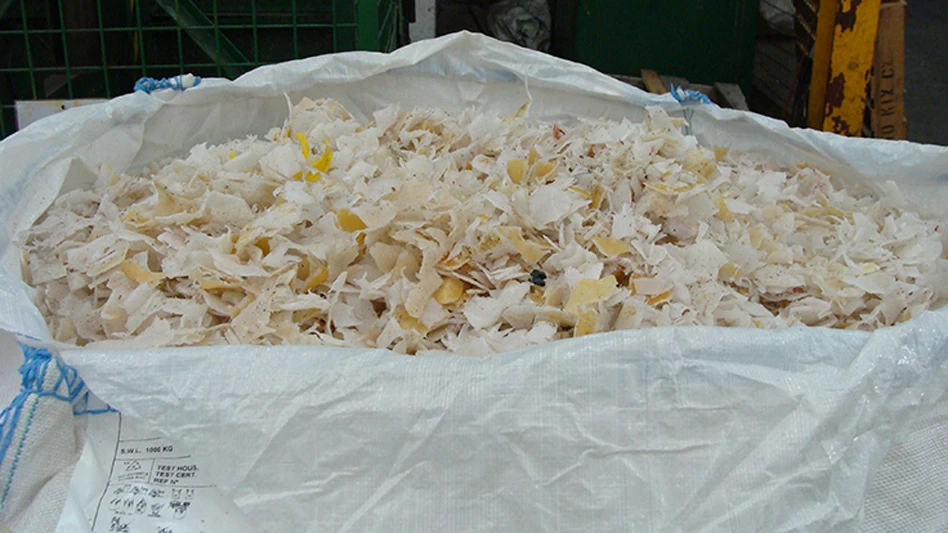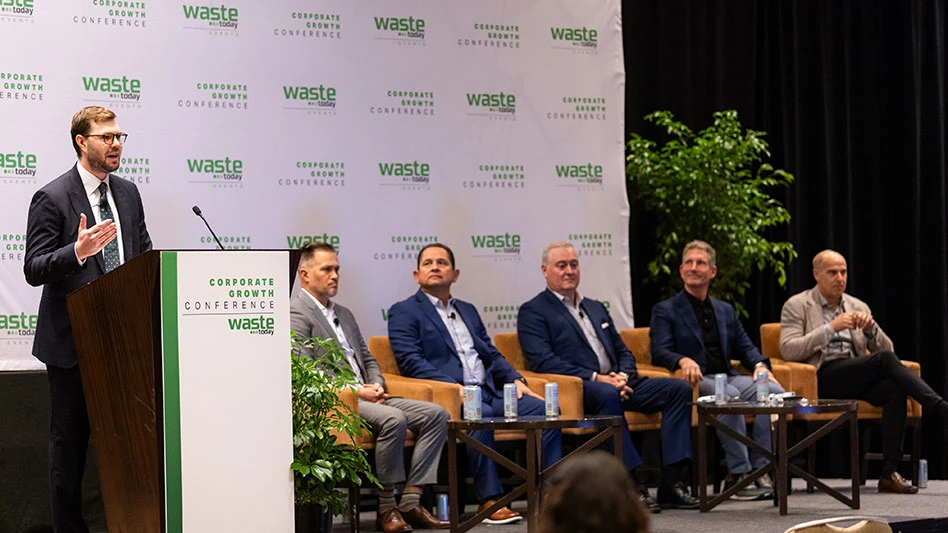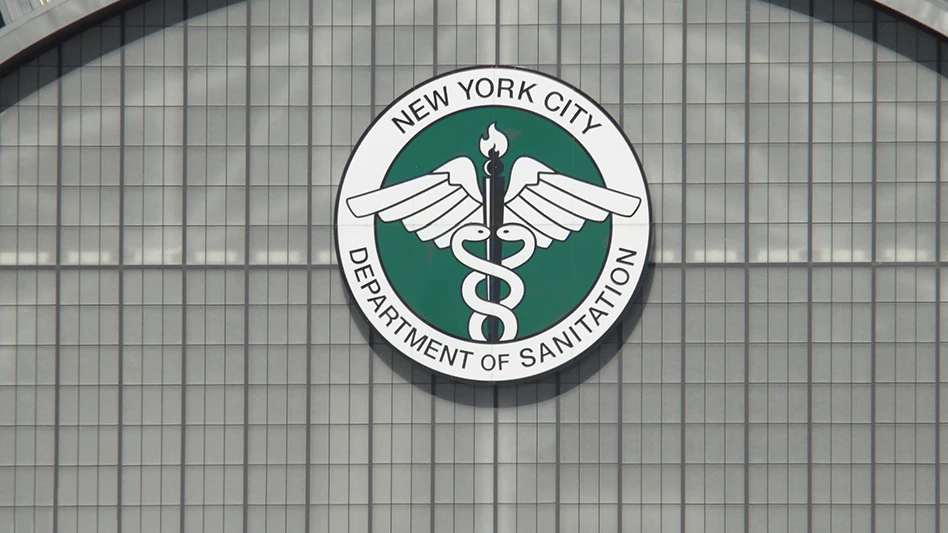
Recycling Today archives
Several high-profile plastic chemical recycling installations with pyrolysis technology are not yet producing at a high volume despite the middle of this decade having been pegged as a tipping point for the technique.
An early June blog post by Anthony Schiavo, senior director and principal analyst of Boston-based Lux Research, says data collected by his colleague Marcian Lee provides insight into the projected and actual scale up of chemical recycling this decade.
Schiavo says Lux identified a global total of more than 725,000 metric tons of pyrolysis capacity announced by the end of 2023. By the end of last year, about half of that was considered to be online and ready for production.
Going forward, “Between 2024 and 2025, pyrolysis capacity is expected to more than double to 2.1 million metric tons per year,” writes Schiavo. “This capacity growth is driven by several greater-than -100,000-tons-per-year projects announced by [United Kingdom-based] Plastic Energy, [California-based] Brightmark Energy, [Texas-based] New Hope Energy and [Norway-based] Quantafuel.”
While those figures promise the hope of increasing the world’s plastic recycling rate, Schiavo also writes, “There’s a fly in the ointment,” adding, “Completion [of installations] does not equal actual production capacity.”
Examples of that cited by Schiavo include the Brightmark plant in Ashley, Indiana, which the analyst says has an announced capacity of 100,000 metric tons per year. Although the plant’s technology was installed in 2020, the Ashley facility had processed just 1,800 metric tons of plastic scrap by 2022, according to Schiavo.
Another company scrutinized by the analyst is Atlanta-based Nexus Circular, which Schiavo describes as having “only produced a measly 1,700 metric tons of pyrolysis oil after three years of starting operations.”
Schiavo describes the overall pyrolysis chemical recycling landscape as one with “a few successes and a ton of failures,” adding, “capacity has not developed as major projects have been delayed or cancelled.”
Another recent Lux Research analysis has pyrolysis-based plastic recycling “really taking off in the 2025 to 2030 timeframe,” writes Schiavo, adding, “This was supposed to be the intense growth period, with global capacity hitting 20 million metric tons by 2030. That looks like an increasingly distant prospect.”
Adds the analyst, “It’s also worth noting that [ours] was not a particularly bullish forecast. I distinctly remember a number of tough conversations with chemicals industry clients on why our projections were so low, [but] it seems like we’re on track to underperform even that relatively conservative forecast.”
Schiavo says its conceivable pyrolysis projects will keep getting pushed back or cancelled to the point where “growing consumer sentiment that pyrolysis is just a greenwashing exercise (due to the lack of concrete progress) makes the technology” lose credibility among the public, policymakers and investors.
Things could yet turn around, he also posits, whether to meet ambitious European Union circular economy packaging regulations or because pyrolysis plants find a niche providing “high-quality feedstocks for crackable oil.”
Concludes Schiavo, “From where I sit, things look grim: The fact that we don’t have a really successful case study at this point makes me think it’s going to be all uphill to make pyrolysis work. So, expect it to fizzle; maybe advanced technologies can turn things around in a few years, but for now, we’re in the doldrums.”
Latest from Waste Today
- Hawaiian county selects landfill site
- CAA submits final draft program plan in Oregon
- Washington city adds organics collection to waste service
- Aspen Waste Systems expands into Denver-metro market
- NYSAR3 seeks respondents to commercial recycling survey
- Aemitis AD system goes online
- Liebherr breaks ground on logistics center
- Rubicon appoints new CFO





